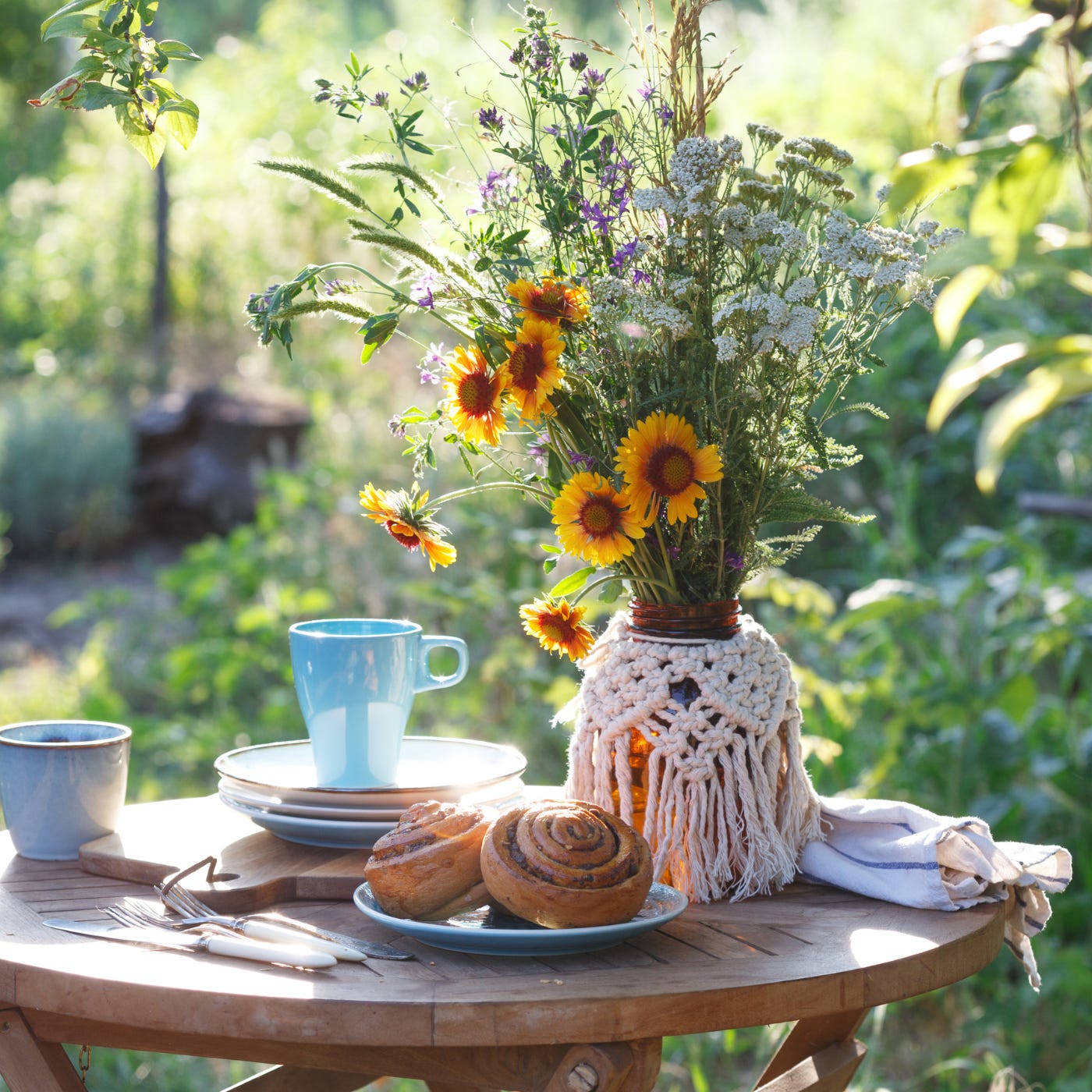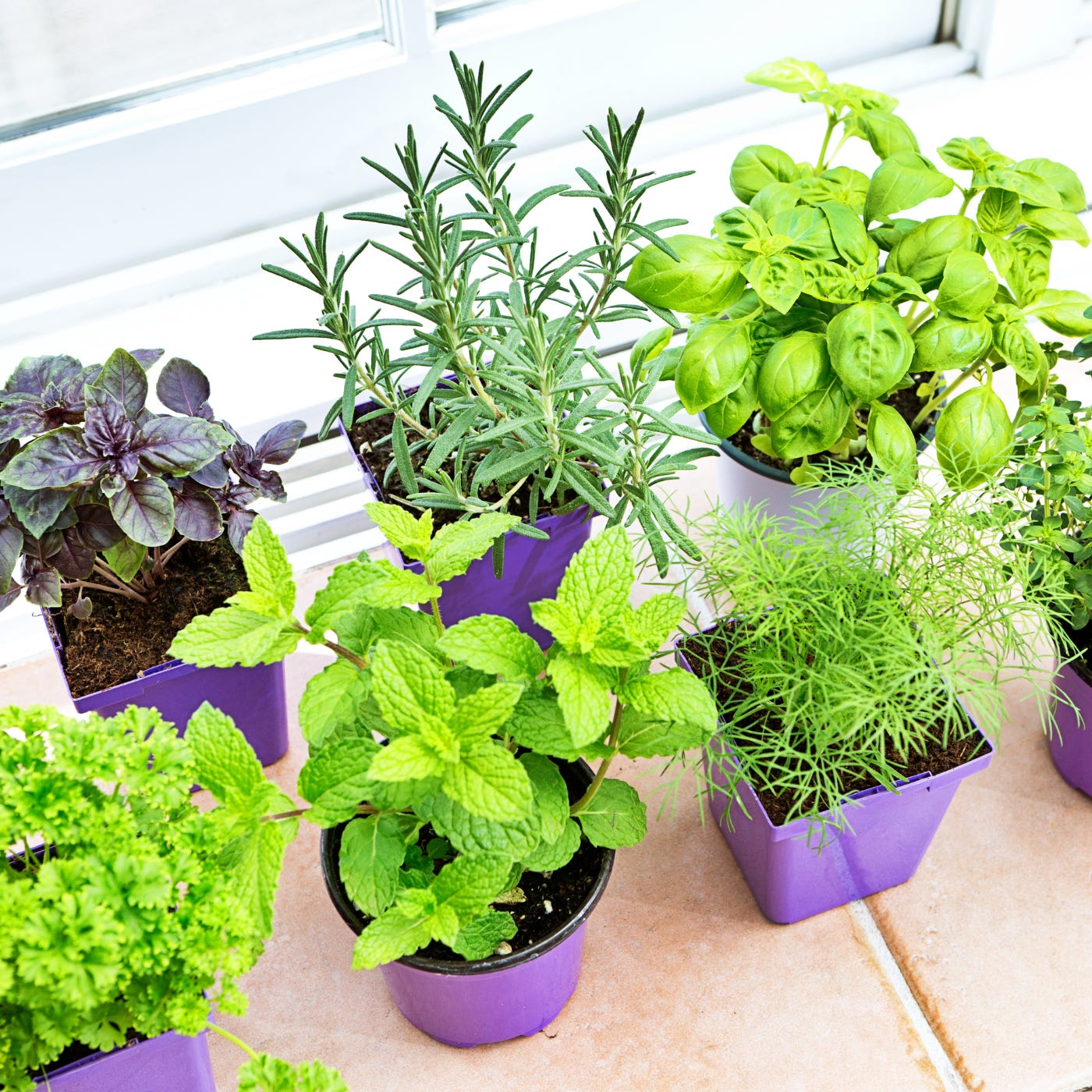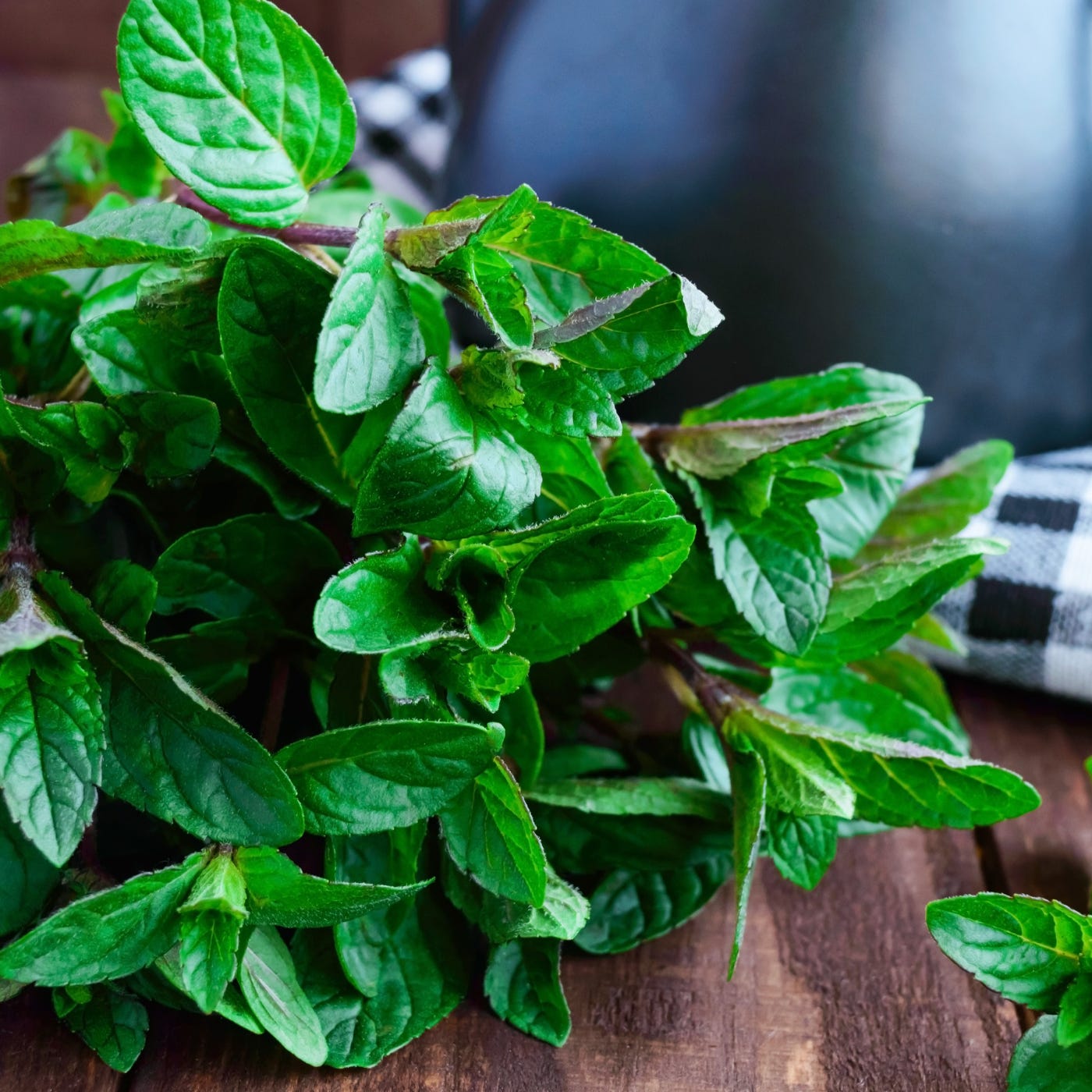🌿🍵✨ The Serenity of an Herbal Tea Garden 🌼🍃🌸
A Symphony in Every Sip, Beauty in Every Leaf & Petal. 🍃🌼🌿
In a world that often feels chaotic and fast-paced, cultivating a lovely herbal tea garden in containers allows us to create a haven of peace right at our fingertips. Whether you have a spacious backyard or a cozy balcony filled with lovely containers, these gardens effortlessly bring nature's healing touch into our daily routines. Imagine stepping outside, feeling the soft breeze caress your face, and being greeted by a symphony of fragrances from your very own tea garden. The delicate aroma of lavender, the invigorating scent of peppermint, or the soothing notes of lemon balm – each herb carries its unique essence, ready to be infused into a comforting cup of tea.
Imagine inviting friends over for a cozy tea party, where you can proudly serve them a cup of tea made from herbs you grew yourself. The conversations flow, laughter fills the air, and the soothing warmth of the tea brings everyone together in a moment of pure bliss. As you stroll through your garden, you can't help but feel a sense of serenity wash over you. The vibrant colors of the herbs, ranging from deep greens to vibrant purples, create a visual feast for the eyes. The gentle rustling of the leaves as they sway in the wind creates a calming melody that lulls you into a state of tranquility. As you carefully pluck a few leaves from each herb, you can't help but marvel at the abundance of nature's gifts. Each herb holds its own special properties, offering a myriad of health benefits and there are so many to choose from. Chamomile, known for its calming properties, helps to soothe frayed nerves and promote a restful night's sleep. Rosemary, with its invigorating scent, boosts mental clarity and focus. And let's not forget about the versatile mint, which aids digestion and refreshes the senses.
Back inside, you fill your teapot with fresh water and carefully place the herbs inside, watching as the water transforms into a vibrant infusion of colors and flavors. The steam rises, carrying with it the essence of the herbs, and you can't help but feel a sense of anticipation for the moment when you finally take that first sip. As you cradle the warm cup in your hands, you take a moment to appreciate the simple pleasure of this ritual. The act of brewing and savoring a cup of herbal tea becomes a form of meditation, a way to slow down and reconnect with yourself. With each sip, you feel the stress and worries of the day melt away, replaced by a sense of calm and well-being. In a world that often feels overwhelming, the serenity of a herbal tea garden offers a much-needed respite. It reminds us to pause, to take a moment for ourselves, and to find solace in the simple pleasures that nature provides. So, whether you have a sprawling garden or a small balcony, consider creating your own herbal tea haven. Allow the fragrances, colors, and flavors to envelop you, and let the serenity of herbal tea gardens become a cherished part of your daily routine.
Simple Steps for Creating a lovely Container Tea Garden
Choose the Right Herbs
Begin by selecting a variety of herbs that are well-suited for herbal tea making and can thrive in containers. Consider popular choices like lavender, basil, chamomile, lemon balm, rosemary, and various types of mint. Research the growing requirements of each herb to ensure they can coexist harmoniously in the same container.
Select Suitable Containers
Choose appropriate containers for your herbal tea garden. Ensure that they have adequate drainage holes to prevent water-logging, which can harm the plants. Containers can be made of clay, ceramic, plastic, or wood. Consider using a mix of container sizes and shapes to add visual interest to your tea garden.
Prepare the Growing Medium
Create a well-draining and nutrient-rich growing medium for your herbs. A mix of potting soil and compost works well for container gardening. Avoid using garden soil as it can become compacted and hinder drainage in containers. Fill each container with the prepared growing medium, leaving enough space for the herbs' roots to spread comfortably.
Plant and Arrange Your Herbs
Plant the selected herbs in their respective containers, taking care not to overcrowd them. Place taller herbs like lavender or rosemary towards the back or center of the arrangement, and shorter herbs like chamomile or mint towards the front. Consider grouping herbs with similar watering needs together for ease of care.
Provide Adequate Care and Maintenance
Regularly care for your herbal tea garden to ensure its health and productivity. Water the herbs appropriately, making sure not to overwater or underwater them. Place the containers in a location that receives sufficient sunlight based on the specific requirements of each herb. Regularly prune the herbs to promote bushier growth and to prevent them from becoming leggy. Additionally, monitor for any signs of pests or diseases and take necessary measures to address them.
Harvesting and Drying the Herbs
As your herbal tea garden matures, it's essential to harvest the herbs at the right time, usually before they go to seed to ensure maximum flavor and potency. Harvesting in the morning, after the dew has evaporated but before the heat of the day, is ideal. Use clean and sharp scissors or garden shears to cut the herb stems just above a leaf node. This encourages new growth and keeps the plants healthy.
To dry the harvested herbs, gather small bunches of them and tie the stems together with twine or rubber bands. Hang these bunches upside down in a well-ventilated and dry area, away from direct sunlight, to prevent mold growth. Depending on the humidity and temperature, the herbs will typically dry within one week. You can also dry fresh herbs in a dehydrator, or as many of my friends do, you can strip them and put the leaves and flowers on cookie sheets, allowing them to simply air dry. Once they are completely dry, remove the leaves from the stems and store them in airtight containers, away from light and moisture, to preserve their freshness and flavors.
Brewing the Perfect Cup of Herbal Tea:
When you're ready to enjoy a cup of herbal tea from your garden, follow these steps to brew the perfect infusion:
1. Boil fresh, filtered water, and then let it cool slightly. Avoid using water that has already been boiled or reheated, as it may have lost oxygen and result in a flat-tasting tea.
2. Choose the herb or combination of herbs you want for your tea. You can use a single herb or mix different herbs to create unique blends.
3. Place one to two teaspoons of dried herbs (or fresh leaves) into a tea infuser, tea ball, or directly into a teapot. Note: The dried herbs will be stronger than the fresh. I adore fresh herbal tea, but it is a lighter infusion.
4. Pour the hot water over the herbs and let them steep for the recommended time, typically 5 to 10 minutes, depending on the herb(s) used and your desired strength.
5. Once the steeping time is complete, remove the infuser or strain the herbs from the teapot.
6. Optionally, add honey, lemon, or other natural sweeteners to enhance the flavor, if desired.
7. Enjoy your freshly brewed herbal tea, savoring the delightful flavors and aromas that you nurtured in your own herbal tea garden.
By following these steps, you can create a serene and thriving herbal tea garden in containers, allowing you to enjoy the beauty and benefits of nature's gifts right at your fingertips. Not only will you have a haven of serenity, but you'll also have the joy of sipping on delicious and beneficial homemade herbal teas that reflect the care and love you put into growing them.
Thymeless Quotes:










